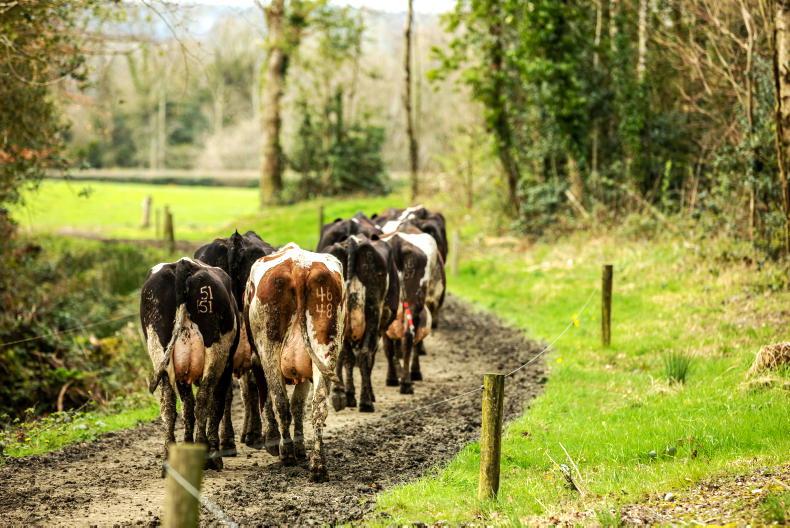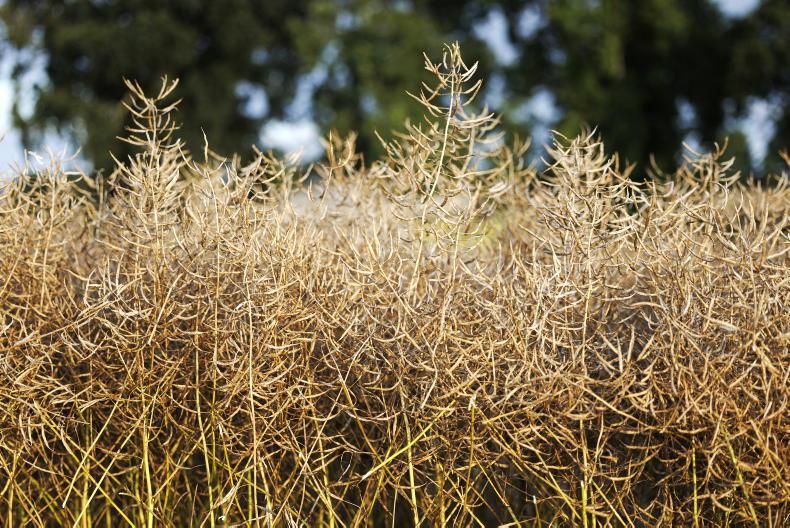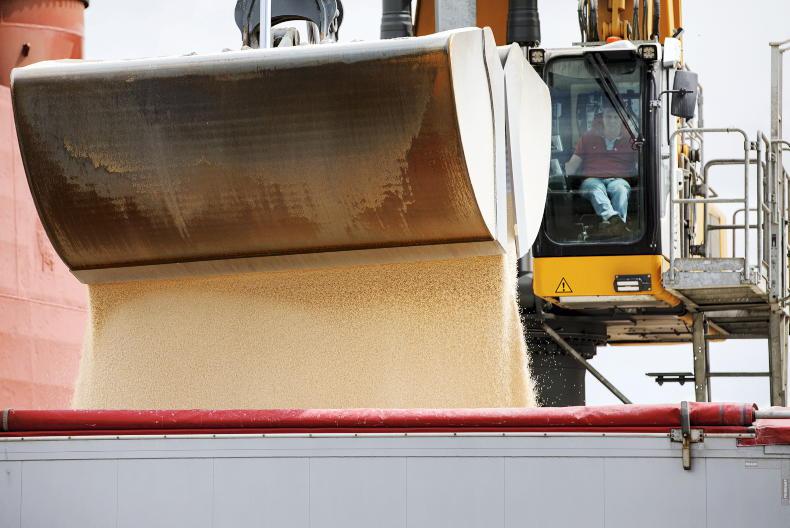The drop in milk prices paid to Irish dairy farmers was among the most severe faced by dairy farmers anywhere across the EU, according to the European Commission’s latest outlook report for agri-food markets.
Ireland and Romania were the only countries to see milk prices plummet by an estimated 40% from December to June.
The average milk price reduction across the EU as a whole was only 23% over the same period.
These price cuts for Irish farmers have seen the overall volume of milk delivered for processing decline, while countries with smaller farmer price drops have better maintained supply, the report suggests.
Higher output
Overall, EU milk output was 0.8% higher from January to April 2023 when compared with the same months last year. This is despite input costs failing to return to “average levels observed in the past”.
Up to April, dairy cow slaughterings remained “slightly below” the level they ran at last year.
It had been expected that dropping prices and stubbornly high input costs would see this culling “accelerate over last winter and spring”, the report goes on.
However, this reduction in the EU’s dairy herd will now “likely take place over the summer” and “could lead to an overall 1% decline in EU dairy herd”.
Read more
Another bad week for dairy markets
Milk imports steady year on year
Exit of liquid milk producers continues
Rabobank cautious on milk price recovery
Future prices on the slide for dairy commodities
The drop in milk prices paid to Irish dairy farmers was among the most severe faced by dairy farmers anywhere across the EU, according to the European Commission’s latest outlook report for agri-food markets.
Ireland and Romania were the only countries to see milk prices plummet by an estimated 40% from December to June.
The average milk price reduction across the EU as a whole was only 23% over the same period.
These price cuts for Irish farmers have seen the overall volume of milk delivered for processing decline, while countries with smaller farmer price drops have better maintained supply, the report suggests.
Higher output
Overall, EU milk output was 0.8% higher from January to April 2023 when compared with the same months last year. This is despite input costs failing to return to “average levels observed in the past”.
Up to April, dairy cow slaughterings remained “slightly below” the level they ran at last year.
It had been expected that dropping prices and stubbornly high input costs would see this culling “accelerate over last winter and spring”, the report goes on.
However, this reduction in the EU’s dairy herd will now “likely take place over the summer” and “could lead to an overall 1% decline in EU dairy herd”.
Read more
Another bad week for dairy markets
Milk imports steady year on year
Exit of liquid milk producers continues
Rabobank cautious on milk price recovery
Future prices on the slide for dairy commodities










SHARING OPTIONS